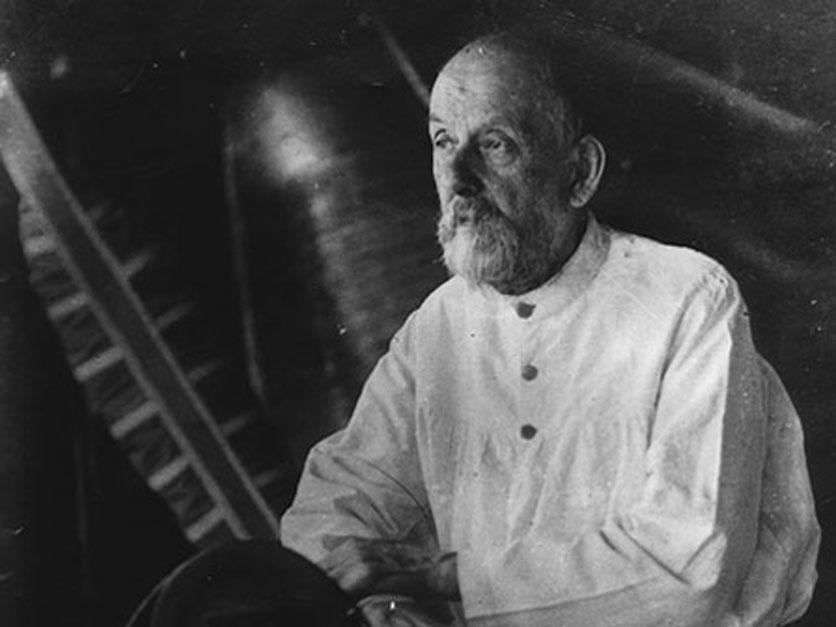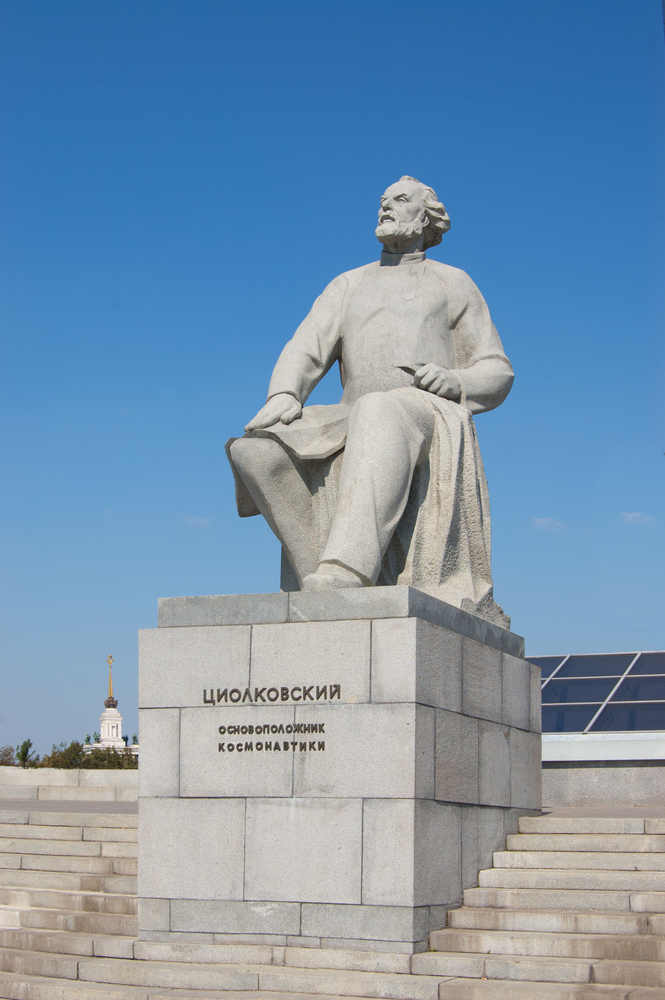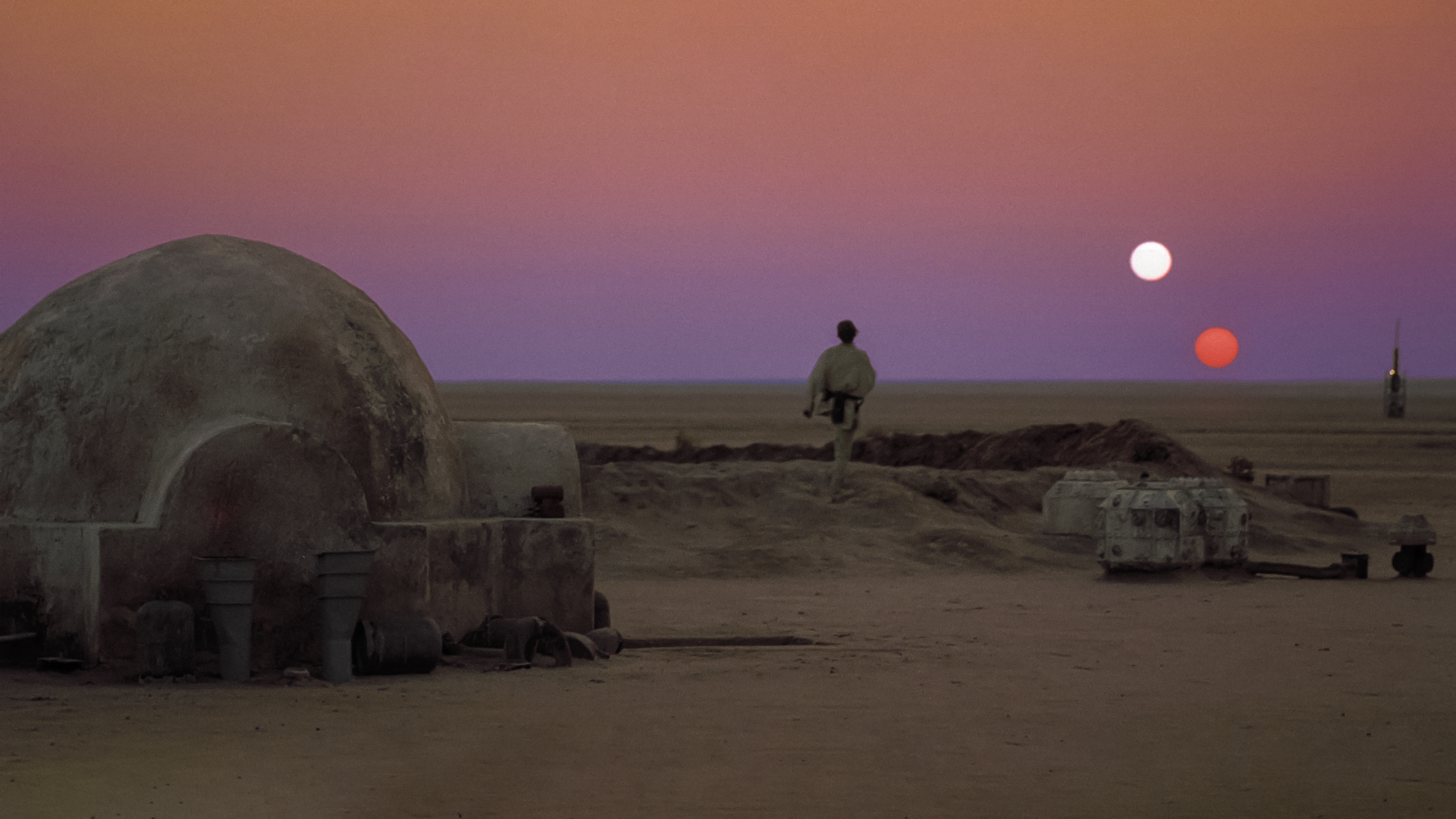Konstantin Tsiolkovsky: Russian Father of Rocketry
Konstantin Tsiolkovsky, the Russian father of rocketry, was a self-educated man, but he developed insights into space travel and rocket science that are still in use over a hundred years later, earning him a place in history as one of the pioneers of astronautics.
Early life
Konstantin Eduardovich Tsiolkovsky was the fifth of 18 children born to an impoverished Polish immigrant. At the age of 10, he developed scarlet fever, and lost a significant portion of his hearing, an ailment that isolated him from his peers. By the age of 14, he had been suspended from school, having acquired only a few brief years of formal education.
But the young man had a thirst for learning. His father arranged for him to visit Moscow when Tsiolkovsky was 16, where he took advantage of the freely available Chertkovskaya Library. He studied mathematics, physics, chemistry and mechanics, and he also stumbled onto the works of science fiction writer Jules Verne, whose novels on space travel inspired him. Tsiolkovsky calculated that Verne's method of using a giant cannon to fire a spacecraft to the moon, utilized in his novel "From the Earth to the Moon," would generate acceleration forces that would kill its passengers.
Tsiolkovsky returned home after three years in Moscow, eventually taking the exam to qualify him as a teacher. Before taking his first teaching job, he built a centrifuge with the idea of testing gravitational effects. Local chickens served as his test subjects.
He taught arithmetic and geometry in the local school in Borokvsk, a small town 70 miles south of Moscow. There, he married Varvara Sokolova and raised a family. In 1892, Tsiolkovsky was promoted to another teaching position in Kaluga, where he would remain until his death in 1935.
Pioneering work
Breaking space news, the latest updates on rocket launches, skywatching events and more!
Soon after his return home, Tsiolkovsky tried his hand at writing science fiction. However, he found himself focusing on the concrete problems that space travelers would have to deal with, such as the struggle to control a rocket as it traveled through gravitational fields. In 1883, he published an article about living in outer space that dealt with the effects of zero gravity.
Isolated, Tsiolkovsky found it difficult to stay abreast of new research. When he sought to publish his findings on the kinetic properties of gases, he was told that someone else had already published similar findings a quarter decade earlier.
Undaunted, Tsiolkovsky turned his eyes toward flight. He began to design airships, publishing his first work on the subject in 1892 and developing Russia's first wind tunnel. An 1894 article proposed the idea of a fully metal aircraft, and in 1895, he turned his eyes toward settling space.
In 1903, his manuscript "Exploration of the World Space with Reaction Machines" was published in Nauchnoe Obozrenie (Scientific Review) magazine. This and his follow-up articles are regarded as the world's first scientifically viable proposals to explore outer space with rockets. Tsiolkovsky's rockets were fueled by a mixture of liquid hydrogen and liquid oxygen, the same mix used on the space shuttle, though hydrogen had only been liquefied for the first time in 1898.
His manuscript included the equation now named for the scientist. Tsiolkovsky's formula provides the mathematical relationship between the changing mass of a rocket as it burns through fuel, the velocity of the exhaust gases, and the final speed of the rocket. It is considered a foundation of astronautics.
But though Tsiolkovsky was the first to delve into such complex problems, his role as a provincial schoolteacher, combined with the shutdown of the magazine, meant that very few copies of his research left Russia. In the 1920s, German scientist Hermann Oberthand American physicist Robert Goddard were independently reaching many of the same conclusions as Tsiolkovsky. Their separate parallel work set all three men as the "fathers of rocketry."
In 1929, Tsiolkovsky published another article elaborating on his thoughts on multistage rockets, which he described as required to allow a body to leave orbit. As each rocket consumed its fuel, it would break off from the main body.
Other ideas that Tsiolkovsky proposed including steering rockets in flight with graphite rudders, pumps to drive fuel from storage tanks to the combustion chamber, and propellants to cool parts of the rocket. He predicted the need for pressurized suits when astronauts left their spacecraft.
In Russia, Tsiolkovsky is known as "the father of theoretical and applied cosmonautics." His work helped drive the Russian space race, inspiring rocket designers such as Valentin Glushko and Sergey Korolyov. The most prominent crater on the far side of the moon bears his name, as does asteroid 1590 Tsiolkovsky.
Tsiolkovsky died at home on Sept. 19, 1935 at the age of 78.
Quotes by Tsiolkovsky
"The Earth is the cradle of mankind, but mankind cannot stay in the cradle forever."
"I do not remember how it got into my head to make the first calculations related to rocket. It seems to me the first seeds were planted by famous fantaseour, J. Verne."
"First, inevitably, the idea, the fantasy, the fairy tale. Then, scientific calculation. Ultimately, fulfillment crowns the dream."
"All the Universe is full of the life of perfect creatures."
"Mankind will not forever remain on Earth, but in the pursuit of light and space will first timidly emerge from the bounds of the atmosphere, and then advance until he has conquered the whole of circumsolar space."
"From the moment of using rocket devices a great new era will begin in astronomy: the epoch of the more intensive study of the firmament."
"My entire life consisted of musings, calculations, practical works, and trials. Many questions remain unanswered; many works are incomplete or unpublished. The most important things still lie ahead."
— Nola Taylor Redd, SPACE.com Contributor
Further reading:
Join our Space Forums to keep talking space on the latest missions, night sky and more! And if you have a news tip, correction or comment, let us know at: community@space.com.

Nola Taylor Tillman is a contributing writer for Space.com. She loves all things space and astronomy-related, and always wants to learn more. She has a Bachelor's degree in English and Astrophysics from Agnes Scott College and served as an intern at Sky & Telescope magazine. She loves to speak to groups on astronomy-related subjects. She lives with her husband in Atlanta, Georgia. Follow her on Bluesky at @astrowriter.social.bluesky


